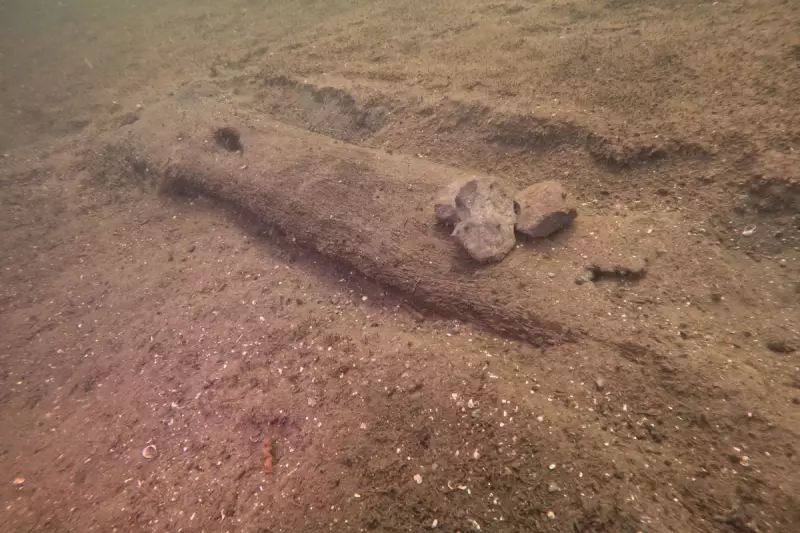
Archaeologists have made an extraordinary discovery in the depths of a Wisconsin lake, unearthing what they describe as a prehistoric "parking lot" containing ancient canoes left for communal use by indigenous communities thousands of years ago.
A Millennia-Old Watercraft Collection
The Wisconsin Historical Society announced this week that maritime archaeologists have mapped 16 ancient canoes resting on the lakebed of Lake Mendota in Madison. According to state maritime archaeologist Tamara Thomsen, the remarkable site appears to have functioned as a designated storage area where ancient peoples would leave watercraft for shared community use.
"It's a parking spot that's been used for millennia, over and over," Thomsen revealed, drawing parallels between the ancient system and modern-day e-bike rental schemes where multiple users access shared transportation.
Dating Back Through the Ages
The archaeological journey began in 2021 when researchers discovered the remains of a 1,200-year-old canoe submerged in 24 feet of water. The following year brought even more significant finds, including canoes dating back 2,000, 3,000, and 4,500 years, alerting experts to the site's greater importance.
Working in collaboration with University of Wisconsin-Madison professor Sissel Schroeder and preservation officers from the Ho-Chunk Nation and Bad River Band of Lake Superior Chippewa, Thomsen has now identified 12 additional canoes. Radiocarbon dating has established that the oldest vessel dates back an astonishing 5,200 years, making it the third-oldest canoe ever discovered in eastern North America.
Ancient Watercraft Preservation Techniques
The location's significance becomes clearer when considering Wisconsin's ancient climate patterns. Thomsen explained that the region experienced a prolonged drought beginning approximately 7,500 years ago and lasting until around 1000 B.C. During this period, the area where the canoes were found would have been only about 4 feet deep, creating an ideal disembarkation point for foot travel.
Ancient users developed sophisticated preservation methods, typically burying the canoes in sediment in waist-to chest-deep water to prevent the wood from drying out or freezing during winter months. This careful storage allowed the community to maintain a reliable fleet of watercraft for generations.
The Madison area forms part of the ancestral homeland of the Ho-Chunk Nation, and Bill Quackenbush, the tribe's tribal preservation officer, emphasised the discovery's cultural significance. "The canoes remind us how long our people have lived in this region and how deeply connected we remain to these waters and lands," he stated.
Thomsen, who normally focuses on Great Lakes shipwrecks but dedicates one day weekly to the canoe project, described this work as the most impactful of her archaeological career. "I think I've shed more tears over this," she confessed. "Each one of these canoes gives us another clue to the story."
With canoes discovered beneath other canoes, researchers speculate that even older vessels might lie deeper in the sediment, potentially including a 7,000-year-old canoe that would reveal even earlier indigenous use of the lake.





